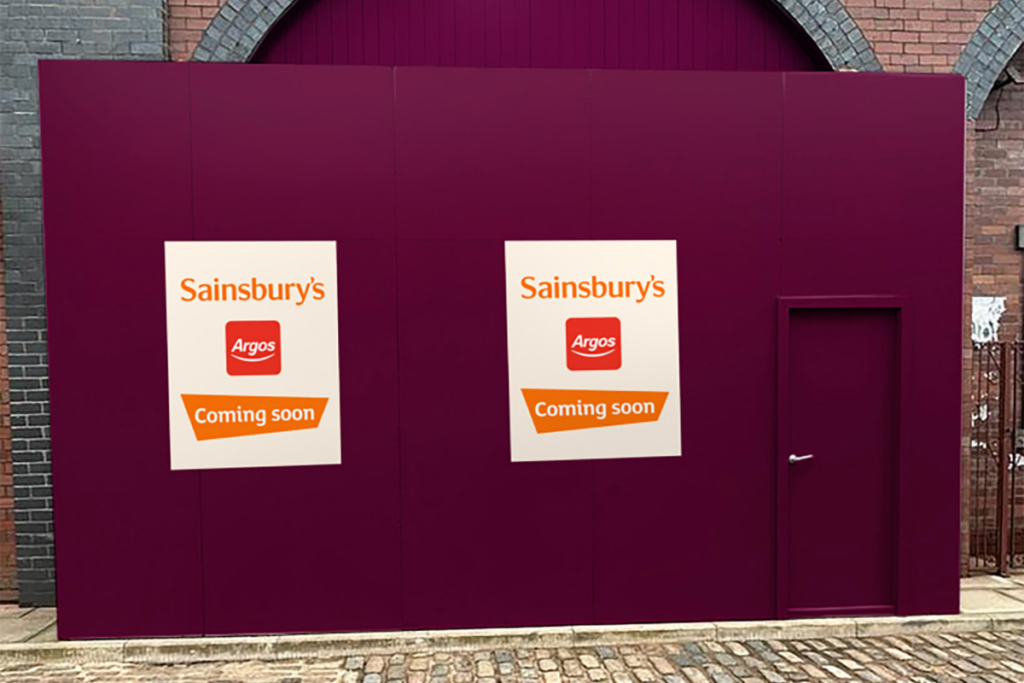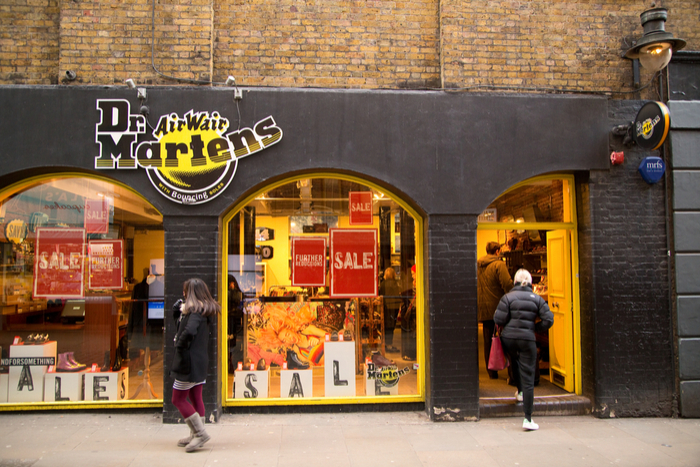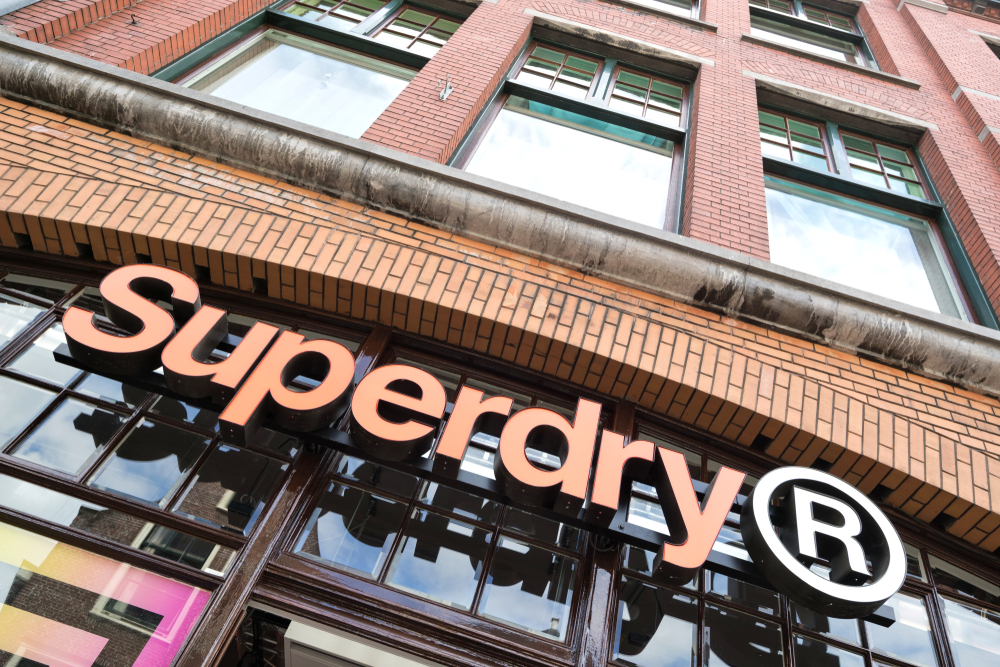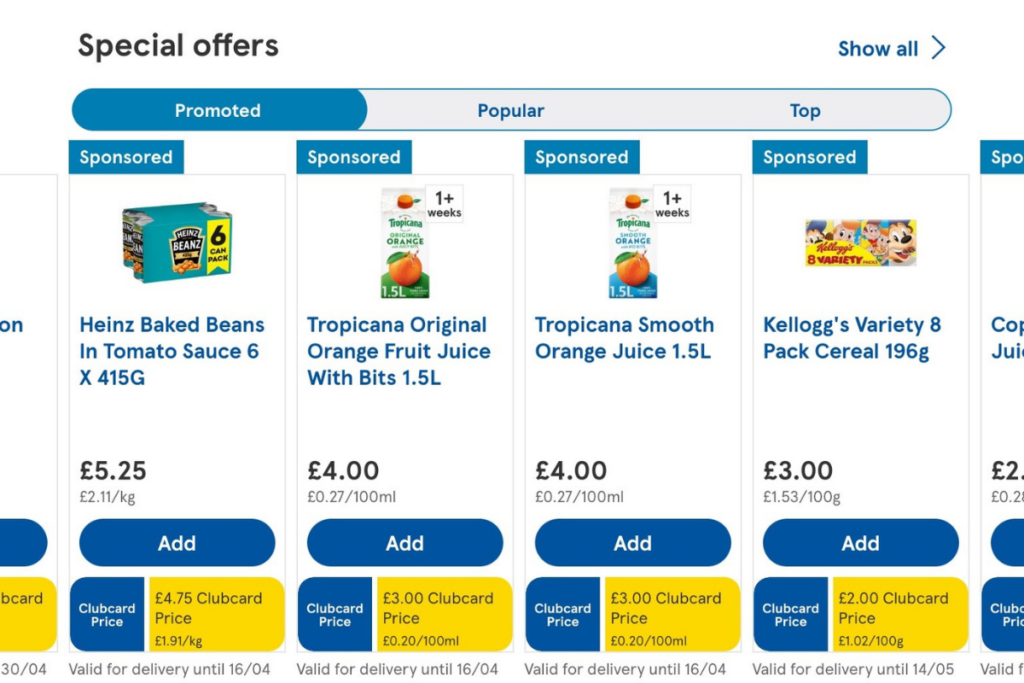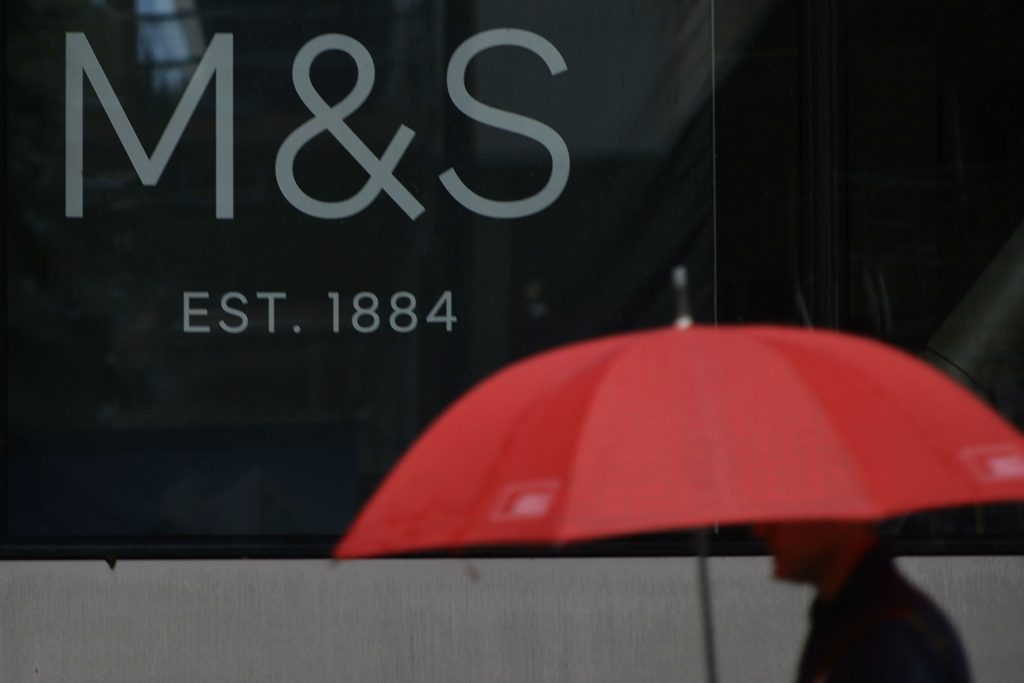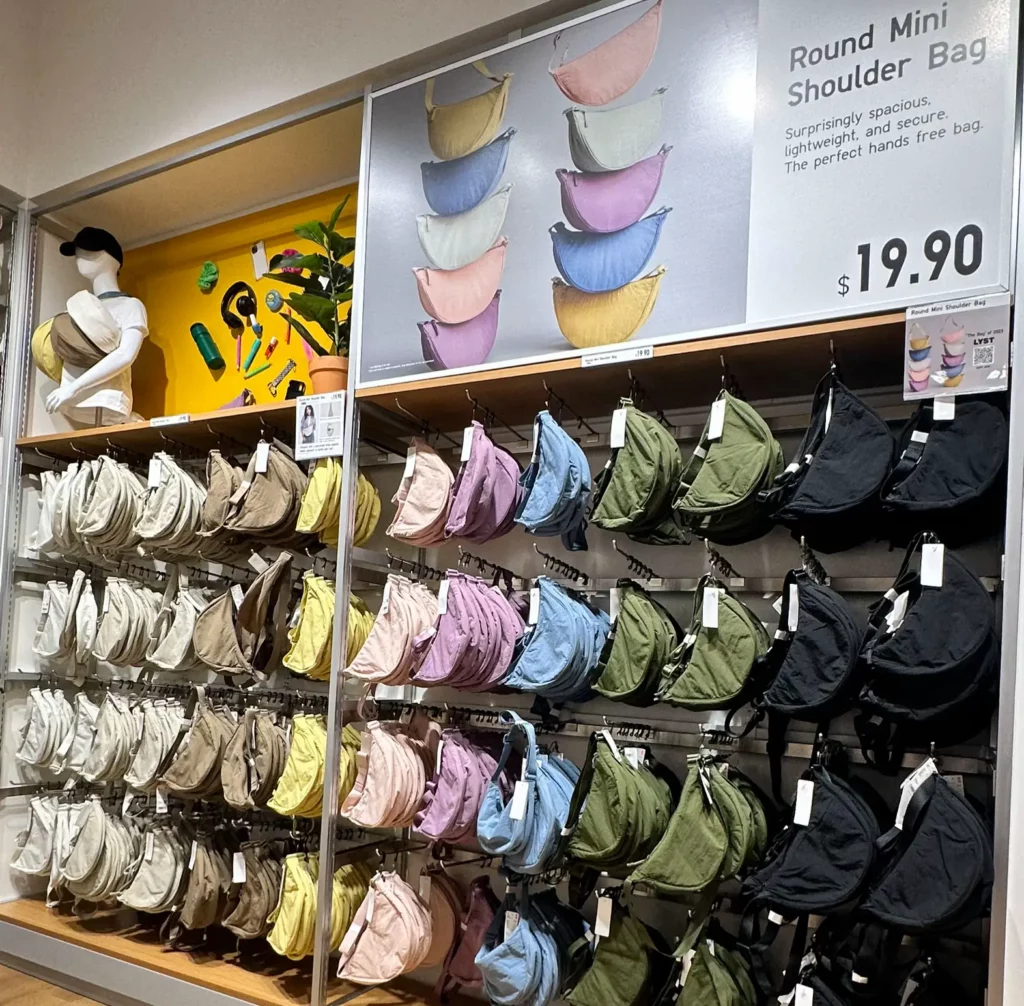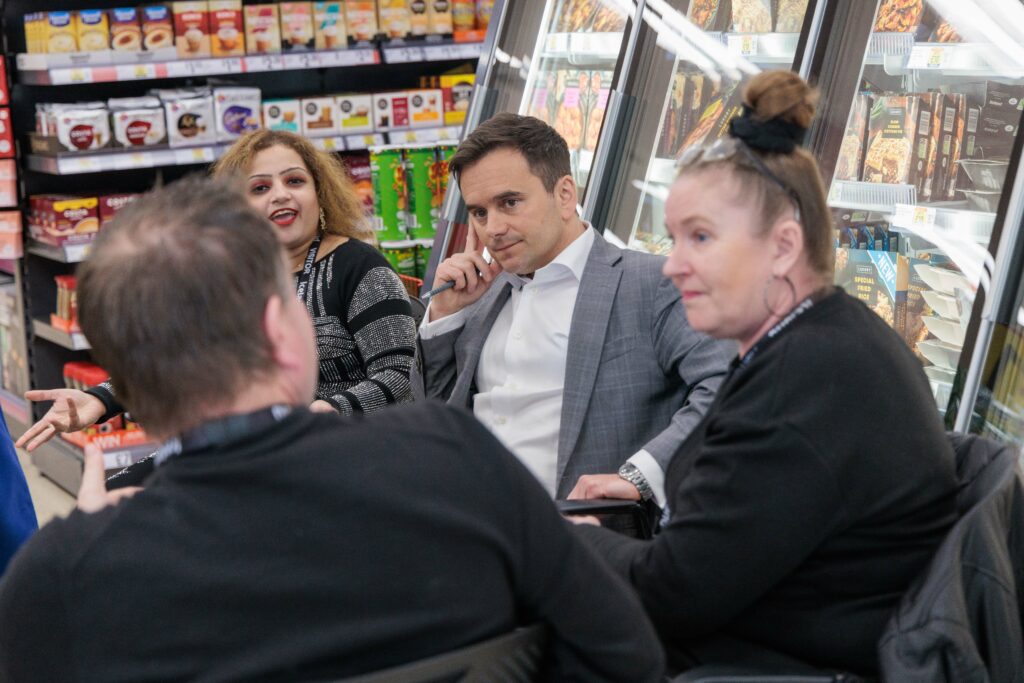In my previous article, ‘In-store kiosks: the future of retailing?‘ I looked at how retailers are using the variety of channels available to engage with customers and meet their expectations. This month, I want to focus on the highs and lows of online delivery – how has the internet shaped consumer purchasing behaviour, and how have retailers had to adapt their supply chain to meet the logistical demands of this new shopping platform?
Over recent years, there has been a significant increase in the number of retailers offering their products online, bringing electronic home shopping into British sitting rooms. According to the IMRG Capgemini e-Retail Sales Index, British shoppers spent a total of £5.9 billion online in October, with £7.75 billion expected to be splashed out online during this year‘s five-week shopping peak. And who can blame them? Wrestling your way through the Christmas hordes is rarely a pleasant experience, even for the biggest fans of retail therapy. Better still, prices for many goods and services are generally cheaper online than in store, with shoppers using comparison websites to compare prices and find the best deals. As a result, for the likes of Amazon, John Lewis and Next, Christmas is the most important time of the year, as customers flock to the internet to buy their products online.
However, with the increase in online shopping comes an increase in the number of complaints regarding delivery of goods – if a retailer‘s online strategy is not right, its reputation and company profits can be left in turmoil. Unfortunately, customers‘ expectations of online customer service and delivery keep on rising and retailers‘ capabilities are failing to keep pace. This does not just hold back potential profit margins for individual businesses – it damages the e-commerce industry as a whole. It is easy to focus on driving website traffic to increase sales, but it is still paramount to deliver products quickly, economically and accurately. Retailers cannot take anything for granted – bad experiences can cause opinions and behaviour to change. Online delivery is vital to Britain‘s economy, but so is making sure shoppers get their presents in time.
Back in December 2010, heavy snow kept shoppers away from the high street, forcing some retailers to warn the market of failing sales and pushing more shoppers online. But the severe weather conditions left couriers struggling to complete orders, leaving families across the country disappointed as gifts were not delivered in time. Many online retailers, including major supermarkets, had to cancel deliveries, leaving a backlog of more than four million parcels sitting in warehouses or private courier firms across the country. At the same time, many web stores, including Amazon, were forced to bring forward their last ordering date for a promised Christmas delivery. Consequently, shoppers this year have been put off ordering their festive purchases online because of past difficulties, showing a dent in public confidence in internet retailing.
This year it is important for online retailers to promise only what they can realistically deliver. That means keeping on top of stock levels, and ensuring the company website reflects what is happening in the warehouse or stockroom. It also demands some knowledge of what is going on at the end of the supply chain – if you know you are not going to be able to make 1,000 deliveries in a day then do not advertise that you can.
Asos.com‘s ‘Here to Help‘ Twitter feed provides an excellent example of superb online customer service. Run by its in-house team, the service offers an interactive, hands-on approach to providing up-to-date information to customers a
RELATED STORIES




